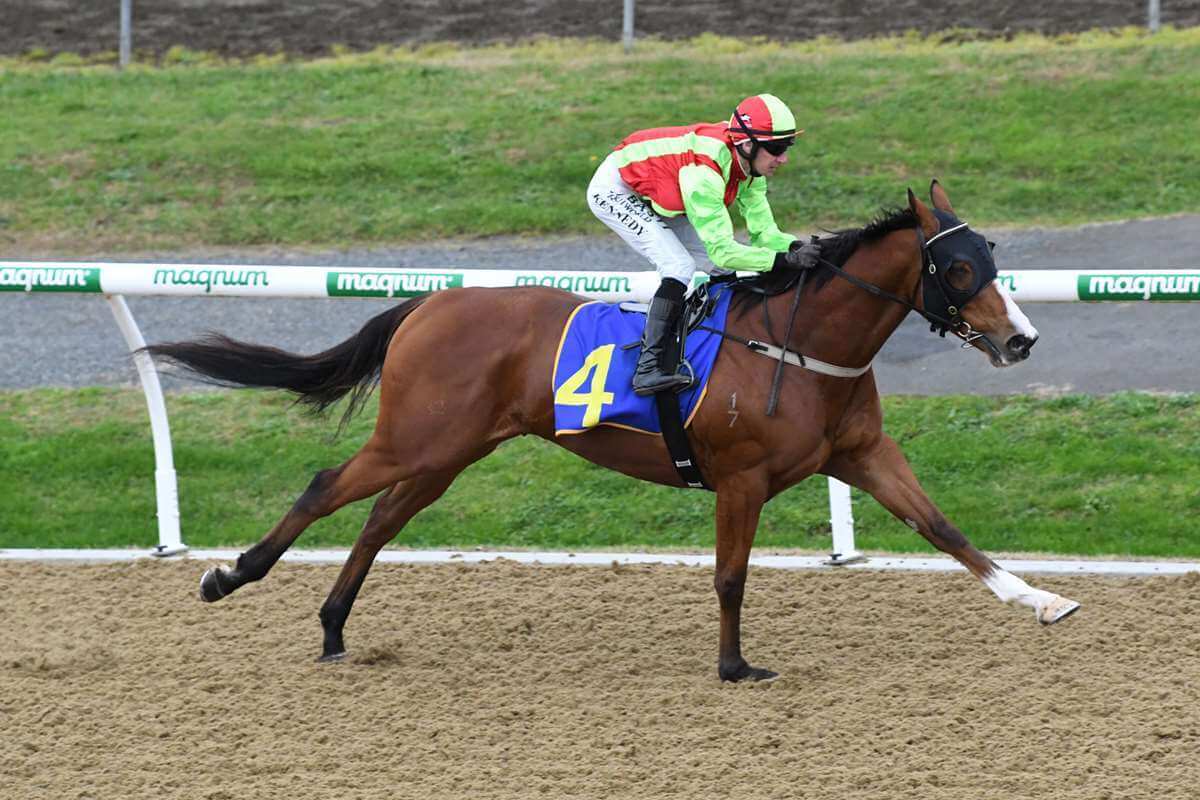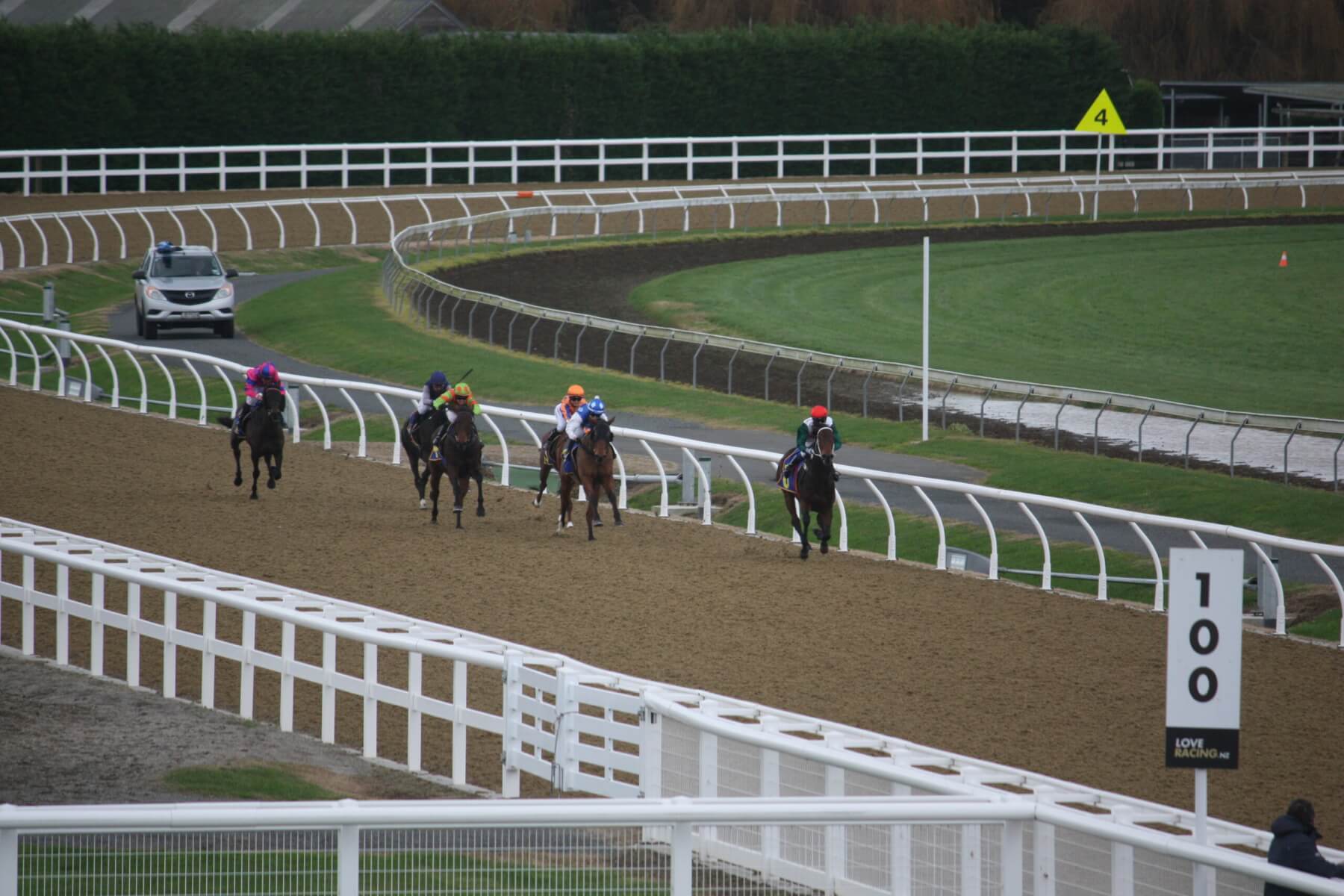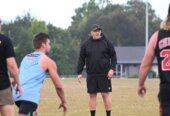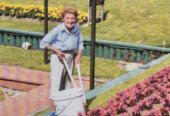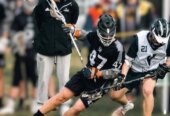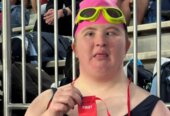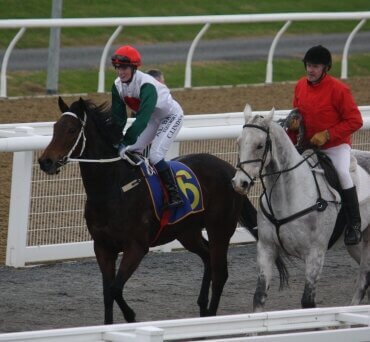
Jockey Crystal Lindsay brings Windspeed back to salute the judge after winning race 6 at Cambridge Jockey Club’ synthetic track. Clerk of the course is Terry Wenn of Fencourt.
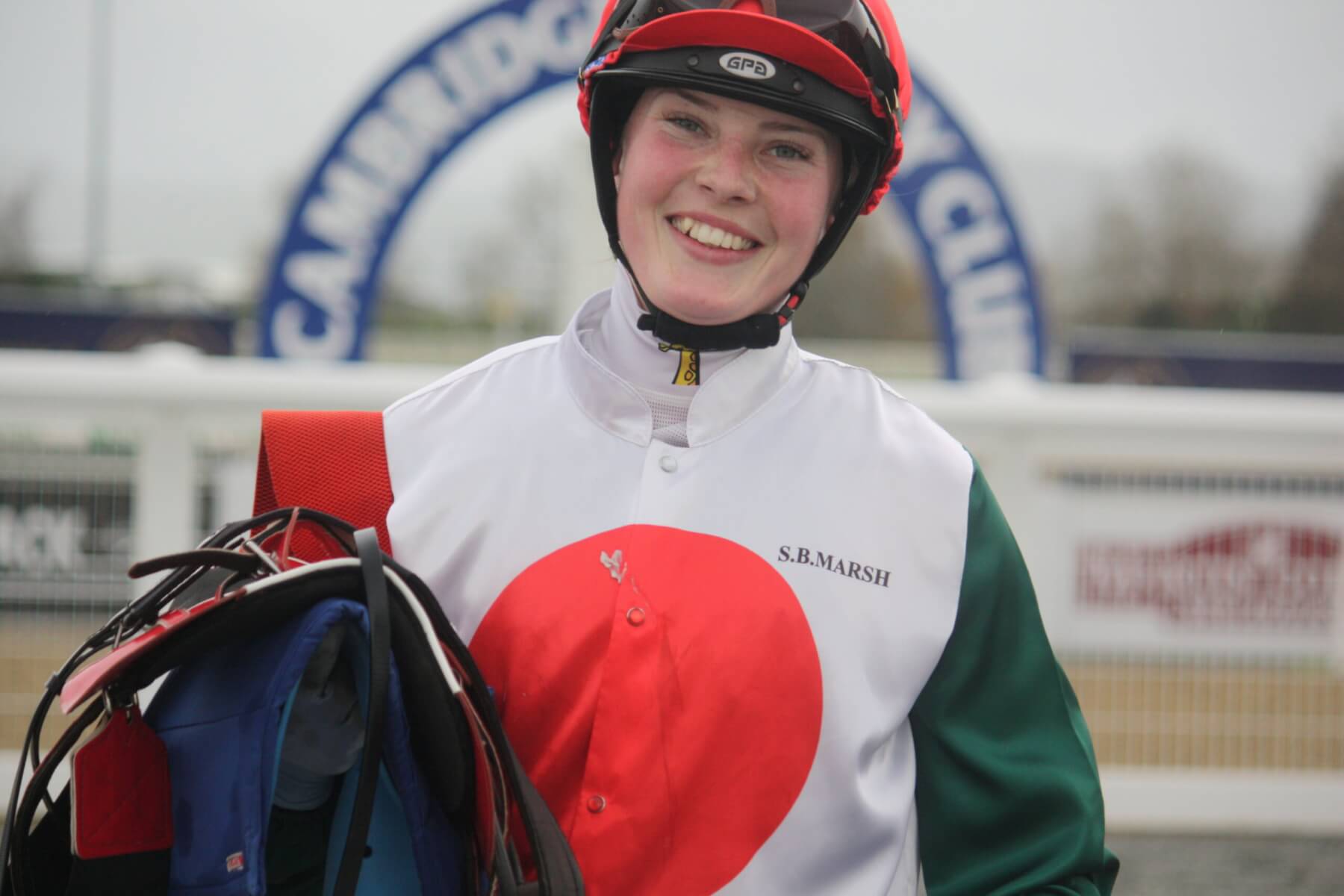
Cambridge jockey Crystal Lindsay heads back to the scales after winning race six on Windspeed at the Jockey Club’s synthetic track. Photo: Mary Anne Gill.
Andy Cruickshank had less than five hours’ notice on Saturday to set up a race meeting at Cambridge Jockey Club’s $13 million synthetic track.
Weather and track conditions in Tauranga were appalling for the prestigious Seeka Kiwifruit Cup Day and so the decision was made to move the meeting over the Kaimai Range.
Two days before, with a weather bomb predicted in the Bay of Plenty, New Zealand Thoroughbred Racing had asked the Cambridge Jockey Club’s chief executive whether the polytrack was available for the scheduled Tauranga meeting.
Cruickshank put the call out to his staff – who usually only work weekdays – and asked if they could help out.
“We had to organise caterers and bar staff. It was a little bit of mucking around but fortunately everyone was really good in putting their hands up and doing what’s right for the industry.”
The final go ahead did not come until 7.30am on Saturday.
The stopwatch was ticking.
When the 1550m first race got underway at 12.05pm, everyone was ready. And to add to the fairy tale, apprentice jockey Ngakau Hailey had a career-first riding Te Awamutu’s Debbie Sweeney-trained Chattahoochee to a three and quarter length win over Bulleeze One.
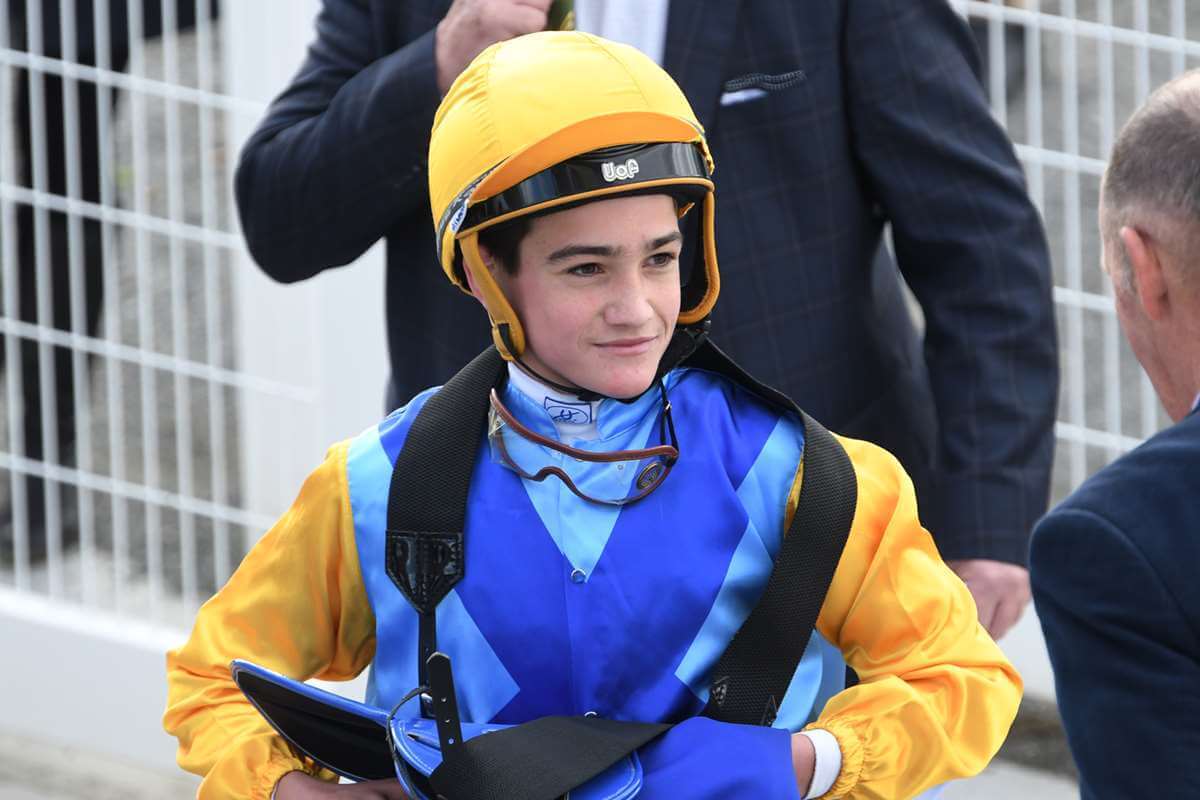
Ngakau Hailey (pictured) following his first raceday victory at Cambridge on Saturday. Photo: Kenton Wright (Race Images)
The big race – the last on the card – capped the day off in style with Cleese, trained by John Bell in Cambridge, running the 2000m in 2:07.72, a record for the two-year old track.
“The weather has been unprecedented – there wasn’t another grass track in the northern region from Taupo north that could host it,” said Cruickshank.
Plus, because there are more horses between Cambridge and Matamata than are trained in the whole of the South Island, the trip was an easy one for horses and trainers.
Getting off and on the Waikato Expressway so easily made Cambridge an attractive destination, he said.
The all-weather track was a joint project between the club, Racing Industry Transition Agency and Provincial Growth Fund, which allocated $6.5m.
One of the eight scheduled races for Tauranga could not go ahead because it was a listed or black type race which must be run on grass.
“It was a really pragmatic decision by Tauranga to surrender their licence,” said Cruickshank. It is not the first time Cambridge has stepped in – earlier this year Cyclone Gabrielle saw two meetings moved to the synthetic track.
The surface is a mix of sand and fibre, bound together with wax. It’s not only easier to look after, but safer and more reliable.
Damage to the Alexandra Park track in Auckland during the cyclone also resulted in trotting meetings being transferred to Cambridge Raceway.
“People can get used to the idea that meetings can be transferred.
“We’ve got to do all we can to make the whole industry more sustainable long-term,” said Cruickshank.
Racing Tauranga estimates it lost $60,000 by forfeiting the meeting. It had a giant mid-winter Christmas party planned with 150 punters booked to attend.
“They put the industry ahead of the club’s personal situation,” he said.
Cambridge Jockey Club probably made little money on the deal because the club was unable to advertise or promote the meeting.
“It is a template for the future. Provided the call is made early enough, we can advertise and promote.”
When The News spoke to Cruickshank, he had little time to recover.
Trials were being held on the Tuesday and another race meeting yesterday.
“There’s not another track in the country that could do all that.”
And in between all that, horses continue training on the track – as many as 1300 a month.
“Primarily we’re a training centre and we’ve developed into the primary winter racing area.”
See: Locals to the fore



